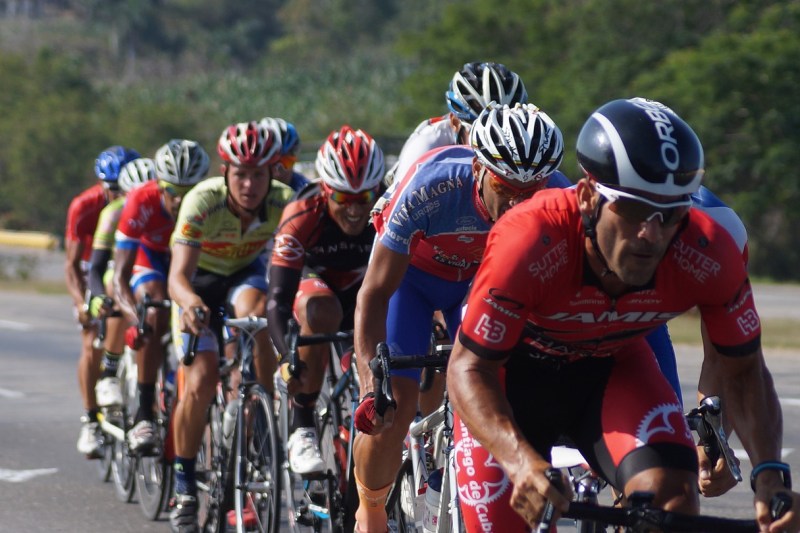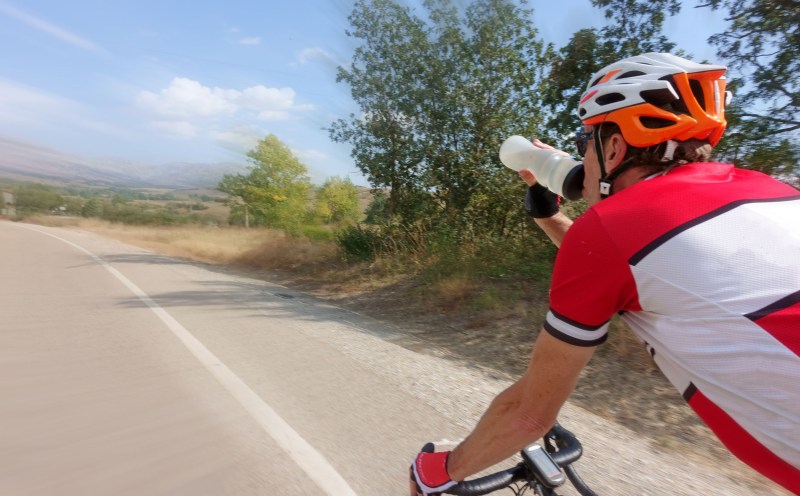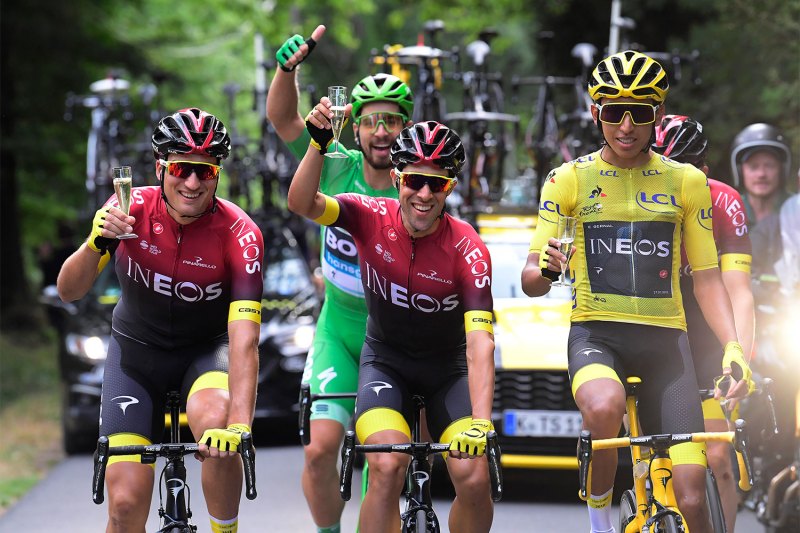The Tour de France is in full swing and it’s already been one of the most entertaining races in the event’s 109-year history. This year’s race is already proving to be a battle, with several big names vying for the yellow jersey. But there’s so much more to the world’s greatest cycling race than just the bikes.
Le Tour is appealing on many, many levels. For starters, it’s shot beautifully, offering sweeping views of the French countryside. Armchair travelers are wise to tune in as they can be whisked away to the Alps, French wine country, and every beautiful spot in between. There’s also all kinds of drama, with riders engaging in strategic attacks during just about every stretch of each stage. Plus, it’s just really cool to stare at a peloton for a while. It’s like a flock of birds gliding across the asphalt.

So whether you’re just getting into road biking or are a seasoned rider, there is a lot to love about Le Tour. It’s well underway, but there are several stages left. If nothing else, you can catch the triumphant finish as the riders head into Paris for the final stage, often with Champagne in hand.
Here are 10 amazing things you almost surely didn’t know about the Tour de France.
It’s Bigger Than the Super Bowl
That’s right, Le Tour is bigger than the Super Bowl. The planet’s grandest bike race carries a viewership of roughly 1 billion people. That’s almost 10 times more popular than our highest-profile football game of the year. While a decent number of Americans watch the race, as you might imagine, it’s vastly more popular elsewhere, especially in Europe.
Chocolate Made the Polka-Dot Jersey
The reward for the king of the mountains, aka the best climber during the Tour de France, is the polka-dot jersey. It was first awarded in 1975, and the dots are because of a main sponsor at the time. Turns out Chocolat Poulain had a popular candy bar at the time that had a polka-dot wrapper. It’s since become an iconic garment given to the rider with the quickest runs through some of the most demanding terrain in the race.
Slower Crashes Hurt More
This one doesn’t make a lot of sense upfront, but once you watch the Tour a bit, you start to get it. Slow crashes can be very dangerous, as riders often have enough time to try to pad their fall. In doing so, they run a very high risk of breaking any number of bones. Also, the slow crashes tend to take place in the thick of the peloton, where it’s all-too-easy for a downed rider to get run over repeatedly by other riders unable to steer out of the way. Faster crashes, while dangerous, can be better, as the riders tend to slide out of them. Additionally, the higher speeds tend to come away from the pack, so there’s usually a smaller chance of getting struck while down by another rider.
More Than 40,000 Water Bottles Will Be Used

Riders go through a lot of water, which is no surprise, given they travel about 140 miles a day on average. The water bottle is everywhere, stuffed in the backs of jerseys, tossed from assistants on the side of the road to riders, and delivered from team cars to cyclists as they go. Many fans try to collect the discarded ones as they’re often tossed to the side once empty. There are some great rumors surrounding water bottles, too, like how in the early days of the Tour some riders would allegedly fill them with lead in order to descend hills faster.
Riders Can Burn 7,000 Calories a Day
This stat is all the more impressive when you realize the typical size of a pro cyclist. These guys are by no means large, just well-trained machined that can pedal like crazy for 5 to 6 hours at a time. Burning so many calories means replenishment is a top priority. That’s why you see riders eating often, even mid-ride. Watch as they knock down several bananas, energy pouches, caffeine bars, and more over the course of any given stage.
Riders Pee a Lot
While the camera crews try to film around this simple fact, viewers are going to see some peeing. These racers have to stay supremely hydrated, which means fairly frequent pullovers to the side of the road to answer the call of nature. Some intrepid riders will even do so while riding, often shielded by teammates while they go. This is one of those overlooked things from a viewing standpoint that once you notice, you can’t really un-notice.
There Are 15 Million Spectators
Millions show up for the race, crowding the sides of the road and shouting and waving flags as the riders dart by. With a total course length of more than 2,000 miles, that’s a lot of area for fans to show up and catch the action. It’s a sight to behold and easy to see why enthusiasts might build a whole vacation on tracking the Tour up close and in person. It’s one of few scenarios in sport where you can get so close to the athletes (sometimes to a fault, as we’ve seen crashes, dogs being run over, etc.) and the spectators take full advantage.
The Average Speed is About 23 MPH
It can be hard to get a sense of how fast the pace is but rest assured, it’s incredibly fast. To average 23 mph is remarkable, especially considering the many obstacles at play, from blistering headwinds to steep mountain grades. How fast do they go? Well, the fastest recorded speed during the Tour de France is 63.1 mph, set by Nils Politt while bombing down the Col de Vars.
The Commentary Is Golden
Known as the voice of cycling, Phil Liggett is the commentator for Le Tour and has been for a couple of generations. He’s joined by Bob Roll, and the two simply do wonders together. While on the older side, the two possess genuinely youthful energy toward the Tour and rattle off all kinds of great factoids, from the historical pedigree of certain buildings to old race stats. With so many hours of coverage, you might expect some dead space (like golf) or boring content, but the duo manages to entertain from start to finish.
Yes, They Race on Cobbles

Most of the Tour takes place atop fairly smooth asphalt, but because the riders cover so much ground and the course changes every year, other road surfaces enter the picture. Riders navigate cobble, dirt roads, and more, not to mention the many medians and various other objects that dot the streets of villages and small towns throughout the region. Moreover, the size of the road itself is always changing, stretching out in the open country and becoming dangerously narrow in cities.


